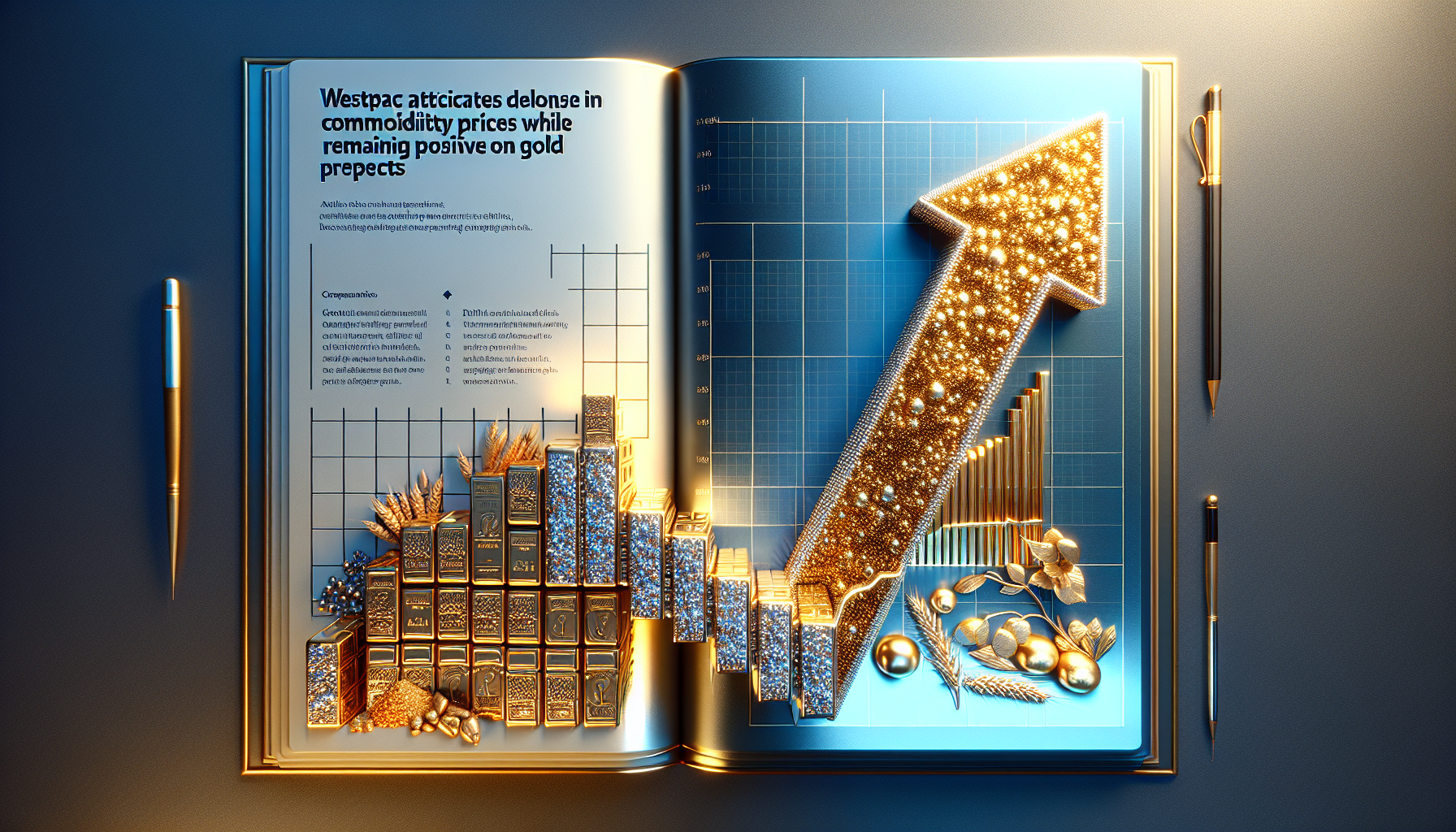
Forecast for Commodity Prices and Notable Exceptions
Westpac anticipates a widespread decrease in commodity prices across international markets, influenced by diminishing demand signals and changing macroeconomic conditions. The bank has lowered its forecast for a variety of key export commodities, such as iron ore, coal, and base metals, citing challenges arising from a slowdown in industrial activities in China and fluctuations in global supply chains.
In contrast to the overall decline, gold prices are forecasted to defy expectations. Westpac observes that gold is increasingly recognized as a safe-haven asset amid persistent geopolitical instability and fluctuations in financial markets. This divergence has resulted in a shift in expectations within the export sector, with gold now taking a more significant role in influencing the movement of the Export Price Index.
Although energy and metal prices are predicted to experience downward pressure due to excess supply and weaker global demand, agricultural commodities are likely to remain comparatively stable, bolstered by strong demand in key Asian markets. Nonetheless, the entire export basket is expected to see diminished pricing power, leading to a cautious outlook among Australian commodity producers.
Westpac’s predictions indicate that while the broader commodity sector may encounter challenges in the short term, specific assets like gold provide a counterbalance, potentially alleviating the impact on Australia’s terms of trade and revenue streams from resources.
Effects of US Trade Tariffs on Gold Prices
Gold’s robustness amid widespread commodity declines is influenced partly by the changing nature of US trade policy. Westpac analysts emphasize that recent and anticipated US trade tariffs are creating ripple effects throughout global markets, with gold emerging as a primary beneficiary of investor risk aversion. As tariffs introduce uncertainty into international trade dynamics—especially between the US and major economies like China—market participants are shifting capital into assets regarded as stable stores of value.
Rising demand for gold as a protection against currency fluctuations and inflationary pressures has buoyed its price trajectory, even as prices of other commodities falter. The bank highlights that this trend is especially evident during times of tariff escalation, where the US dollar may temporarily strengthen, but broader worries about global economic disintegration drive safe-haven investments into gold.
Westpac’s commodity strategists have noted that the connection between tariff announcements and spikes in gold prices has sharpened over the previous 12 months. This trend implies that geopolitical events—especially those from Washington—are now a crucial variable in gold price forecasting. The ramifications for Australian exporters are substantial, as rising gold prices positively influence the nation’s Export Price Index, mitigating some of the slowdown from weaker performances in other commodities.
From an operational standpoint, Australian gold producers are well-equipped to take advantage of this trend. With production costs relatively stable and global demand structurally supported by central bank acquisitions and investment inflows, the sector is experiencing a rare favorable wind. Westpac’s forecast revisions reflect this, with upward adjustments to gold’s contribution to export revenues offering a small buffer against the larger challenges facing the resource sector.
Looking forward, the bank warns that while gold may continue to gain from trade-related tensions, the outlook remains susceptible to changes in US monetary policy and fiscal direction. If tariffs are rescinded or international trade relations improve, the safe-haven premium could diminish. Nonetheless, in the current climate, gold stands out as a leading performer in an otherwise lackluster commodity environment.
